There are a number of questions we frequently get asked about travelling to Iran, so we thought we would address some of them in this blog.
How long do visas take?
Unless you are a UK national, American or Canadian, visas can be obtained upon arrival. For UK travellers, firstly you require an invitation code. To get this all you need to do is provide us with a passport scan and some personal details, and we can apply on your behalf for the invitation code from the Ministry of Tourism in Tehran. The code generally takes around three to four weeks to come through.
Once the code has arrived you can proceed with the application. Simply complete the visa application form (we’ll send you this) and submit, together with your passport and two photos, to an Iranian Consulate. Women please note that your passport photos need to picture you in a headscarf.
Unfortunately the Iranian Embassy in London is still not issuing visas yet, despite reopening in 2015. Instead, British passport holders can apply in person through the Consulate in Dublin. We have a special arrangement with a partner who can attend on your behalf at an alternative embassy such as Frankfurt. For this they will need your passport for around two to three weeks during which time they will acquire your visa and return your passport to you. If applying yourself in person, the visa can be arranged in a day.
The current cost of the Iranian visa is 180 Euros for British passport holders (£205 through our visa agent, which includes the service fee).
what about money - can I use ATMs in Iran?
Despite sanctions being lifted you still can't use ATMs in Iran. Instead you should take cash, ideally dollars, which you can change in many places such as the souks. Your guide will help with this process. The only people we have found who seem to accept credit cards are the carpet sellers in Isfahan - where there's a will there's a way!
Do people speak English?
Iran is a very well-educated society, and certainly in the cities, you will find plenty of young Iranians with excellent English, often particularly keen to engage you in conversation. In the rural areas English is less frequently spoken but this is where your guide turns into your own personal translator.
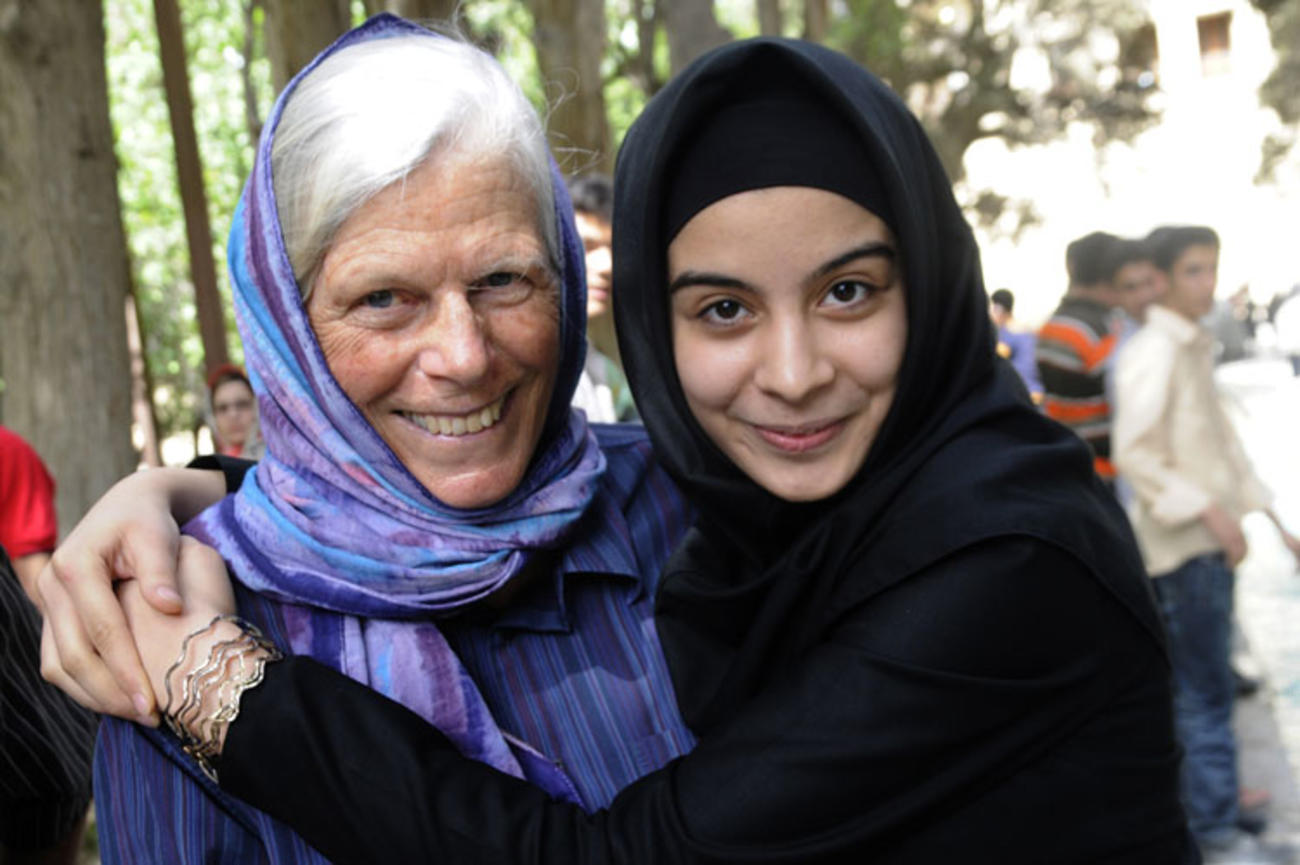
What is the food like – anything for vegetarians?
Iranian food is very varied, with a number of local specialities you have to try, such as Fesinjan – a thick walnut and pomegranate stew, and dizee – a hearty lamb and chickpea soup. Iranian produce is fantastic, with huge red tomatoes, dates, yoghurt and honey. Much of the cuisine is meat based, with superb kebabs, although vegetarians are also well catered for, with pomegranate rice and barberry rice, vegetable kebabs, aubergine and chickpea based dishes and delicious salads.
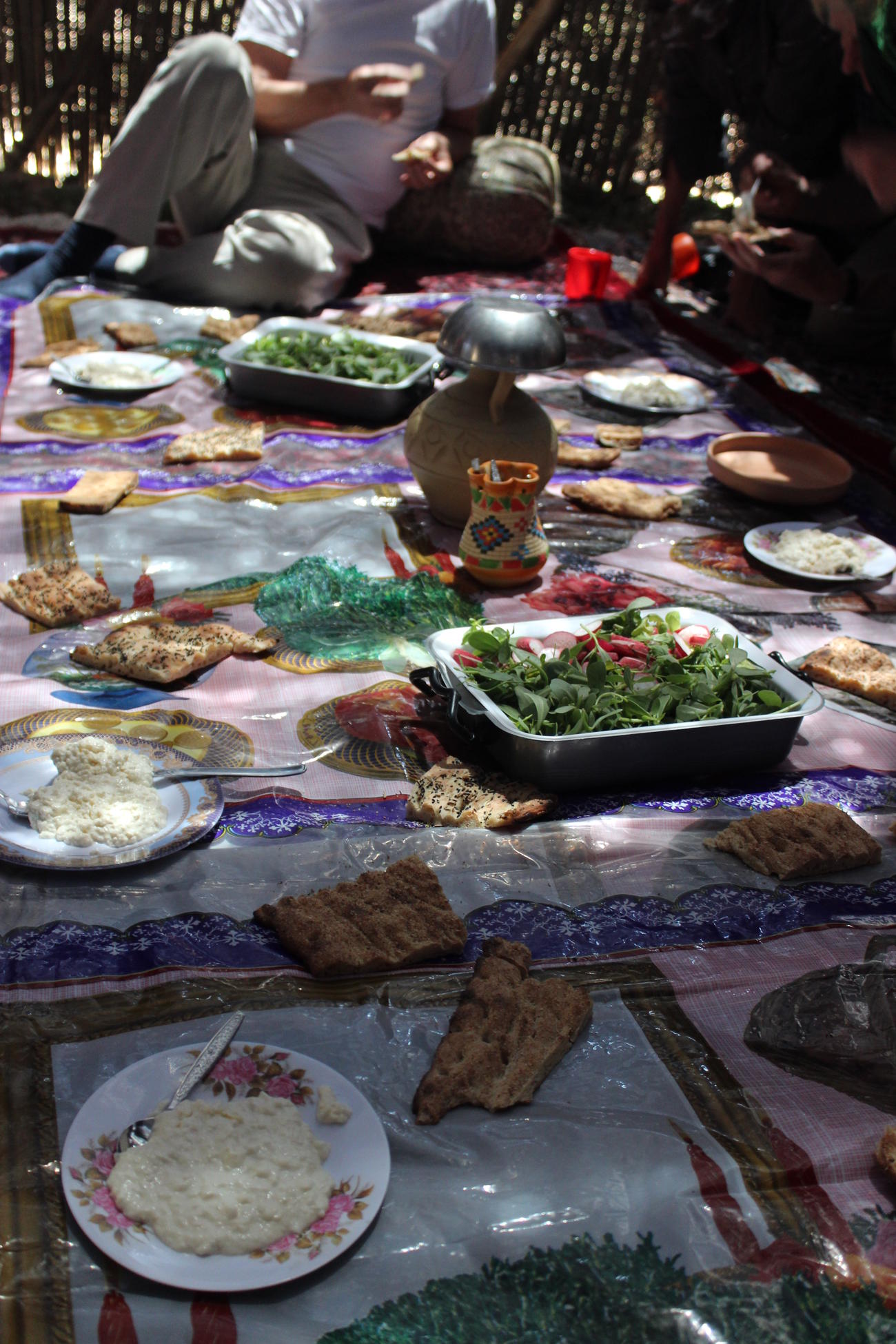
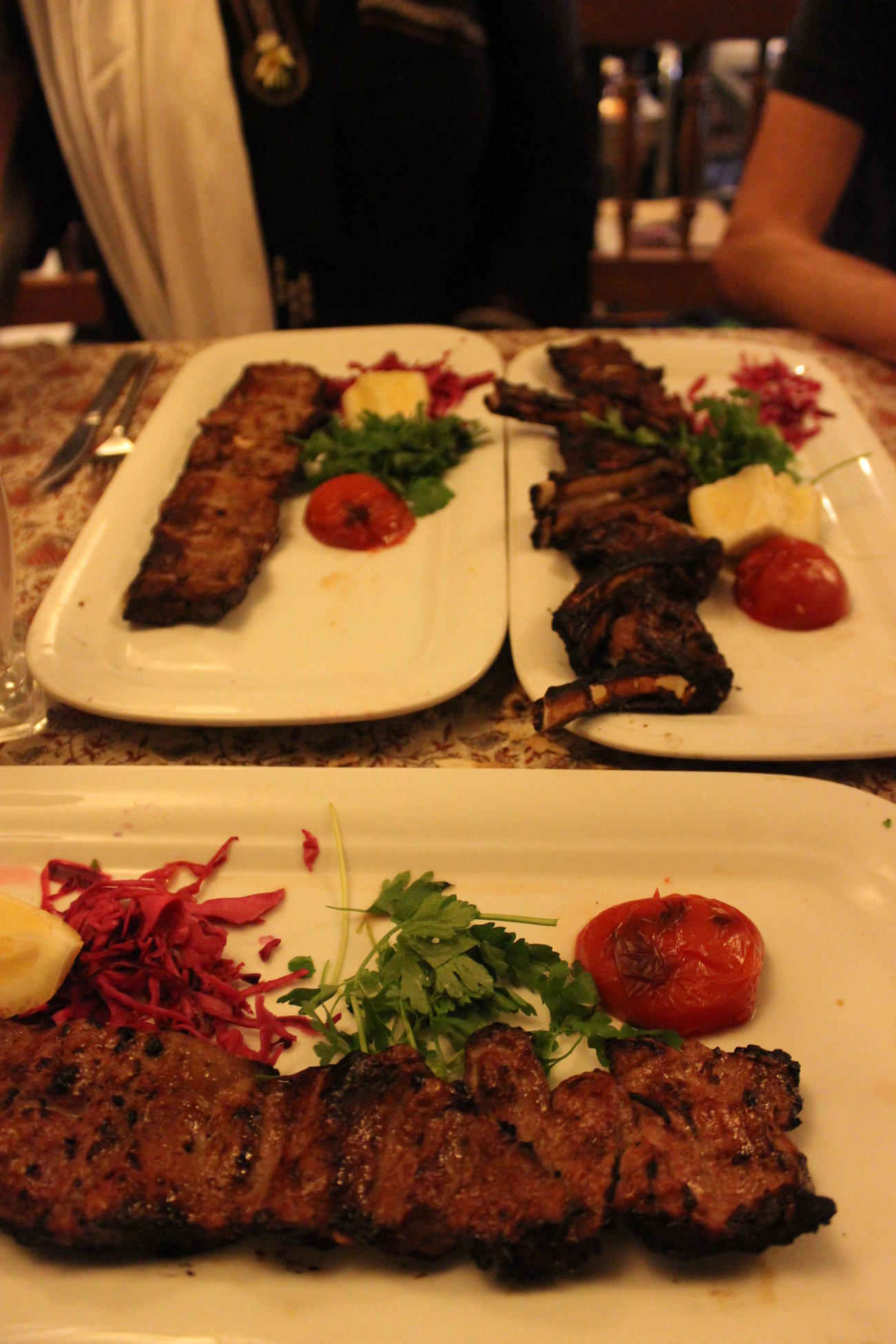
What should I wear?
When you arrive in Iran you will notice just how casual the Iranian attitude is to the dress code. About a quarter of women choose to wear the chador (the long black cloak), whilst the rest of the Iranian women dress pretty much as they please whilst still adhering to the rules. Foreigners can get away with a more relaxed attitude to the dress code, but attracting any unwanted attention – particularly from the authorities – isn’t a great idea.
For men it is fairly simple, the only real rule being no shorts. So trousers or jeans and a t shirt, or shirt is absolutely fine.
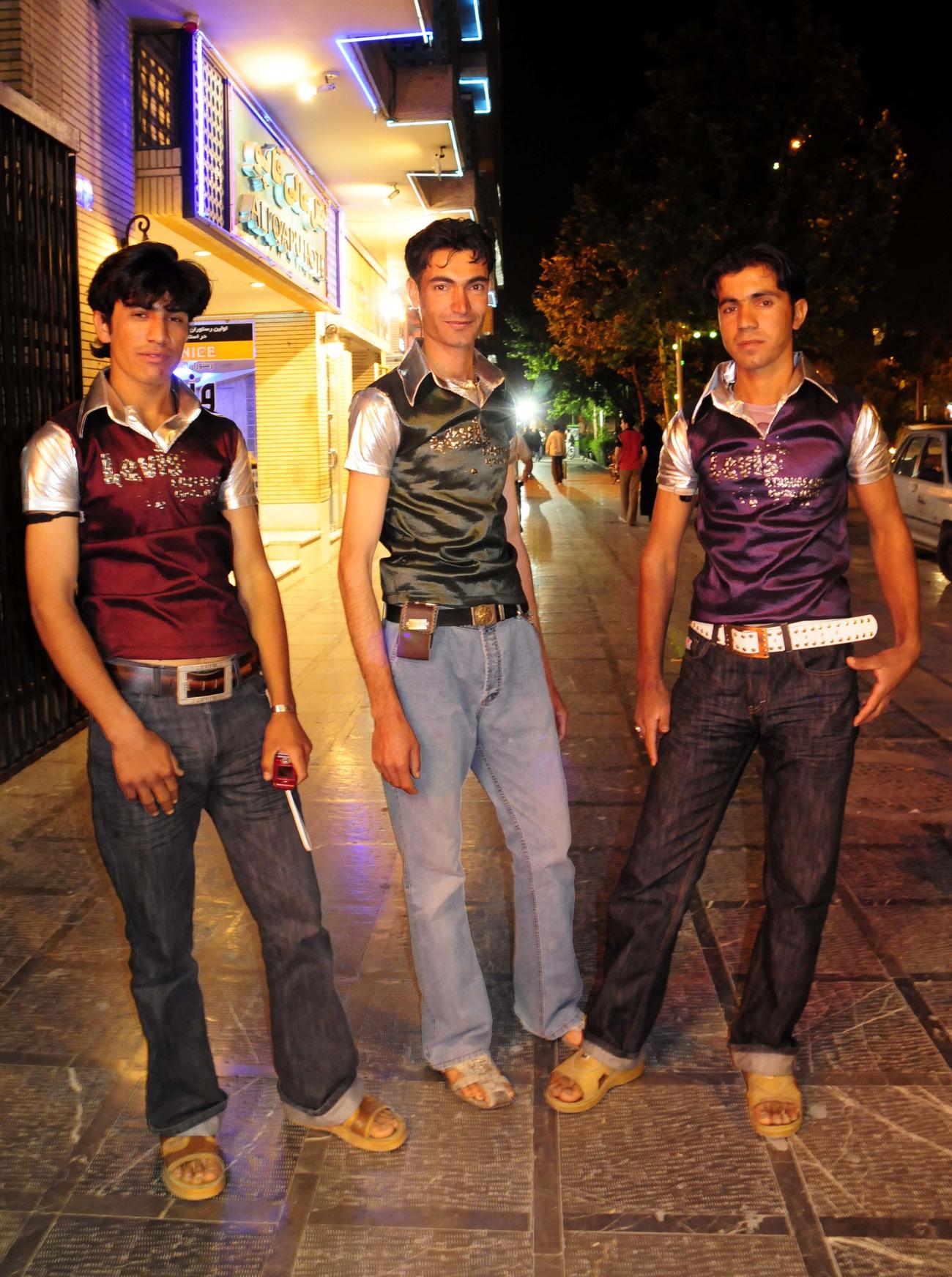
For women, it is important to keep the hair and shoulders covered.Make sure you wear trousers – either jeans or, given the high temperatures of the summer, something loose and made of cotton and a top that is quite baggy and falls to mid-thigh. The idea is to cover contours. Our tailor-made expert Marianne wore a summer dress over a long sleeved t-shirt with jeans. It is also perfectly fine to pull your sleeves up to your elbows on a warm day. In terms of footwear, open sandals are ideal (although flip flops are generally worn in the bathroom so have an ‘at home’ connotation!).
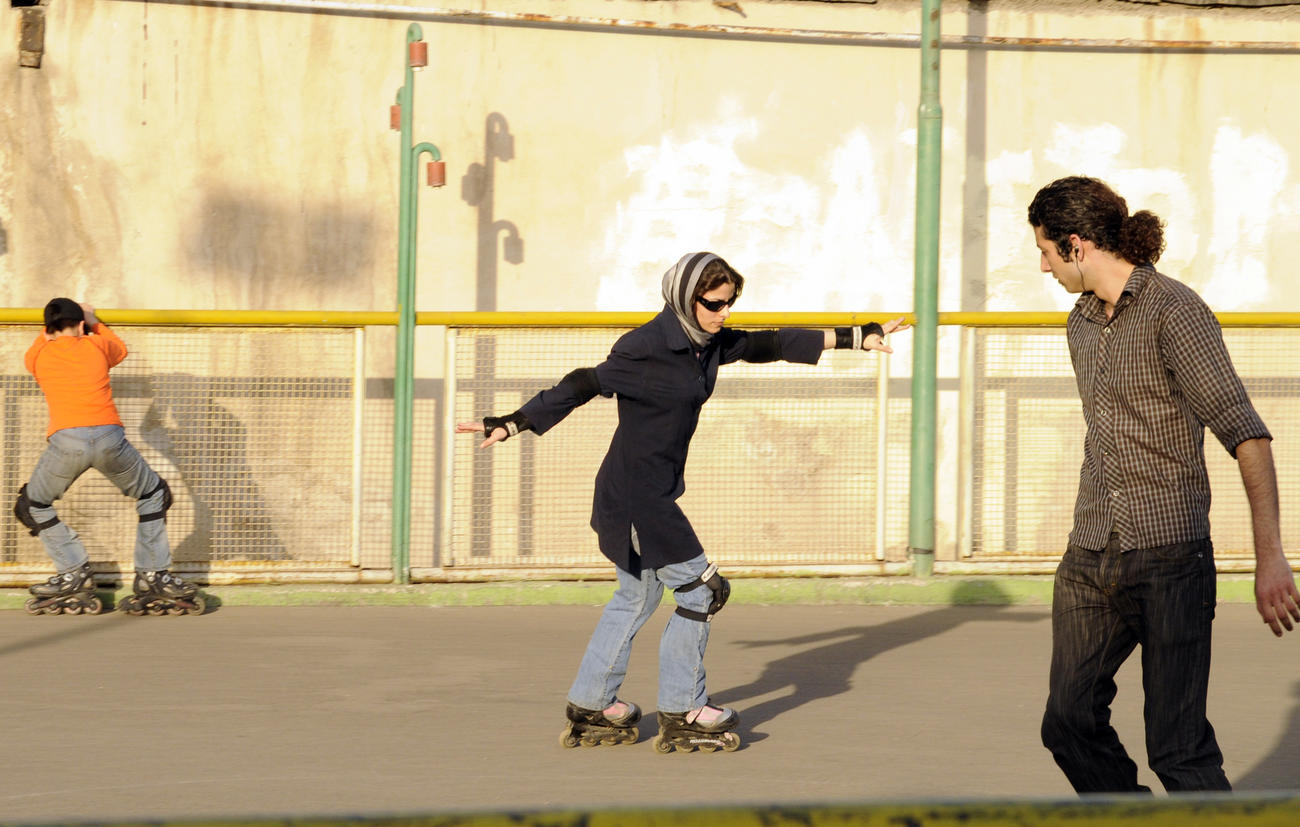
With regard to headscarves, it does need to cover your neck as well, so a bandana is not acceptable. Having some hair showing around the face is perfectly fine (although for the sake of the visa photo just cover it up). You will often see young Iranaian women with scarves far back on their heads , held there with a pair of sunglasses, and a shirt with skinny jeans. Watch our video on the easiest way to wear a headscarf.
When visiting mosques and shrines women will be given a chador to wear on entry.
What about safety?
Pretty much all of our staff and clients return from Iran remarking on how safe they felt. The country is 90% Shia, so there is little of the religious conflict between Sunnis and Shias which is proving so toxic in some neighbouring countries. Our staff and clients have found no problems in walking around Iranian cities on their own. Our Tailor-Made expert Marianne said "I found Iran felt much more like southern Europe than the Middle East; very relaxed and with absolutely no hassle. I had no qualms about walking around with my bag which had my camera, money, phone etc in it. I was approached many times by Iranians; from old men saying ‘Salaam’ to me when out on evening strolls to children asking ‘how are you?’ and school girls shyly smiling and greeting me. Others would stop me in the street or talk to me in restaurants to ask where I was from and then welcome me to Iran. I did indeed feel very welcome." Probably the biggest danger you will face will be crossing the road. Most roads have at least two lanes of traffic – sometimes it is necessary to cross lane by lane, pausing in-between. The best option if you think you are going to spend the rest of the day trying to get across, is to find some fellow crossers, stand down traffic of them and do what they do.
Can you get alcohol anywhere in Iran?
No, the entire country is dry, including the hotels. The authorities may turn something of a blind eye to the Armenian population drinking, but a far as visitors are concerned, the closest you will get will be the wide array of alcohol-free beers, from lemon to melon to traditional German-flavoured beers. Or try dooj, a refreshing minty yoghurt drink which is fairly ubiquitous. You cannot bring your own alcohol to Iran either. View it as a refreshing two-week detox.
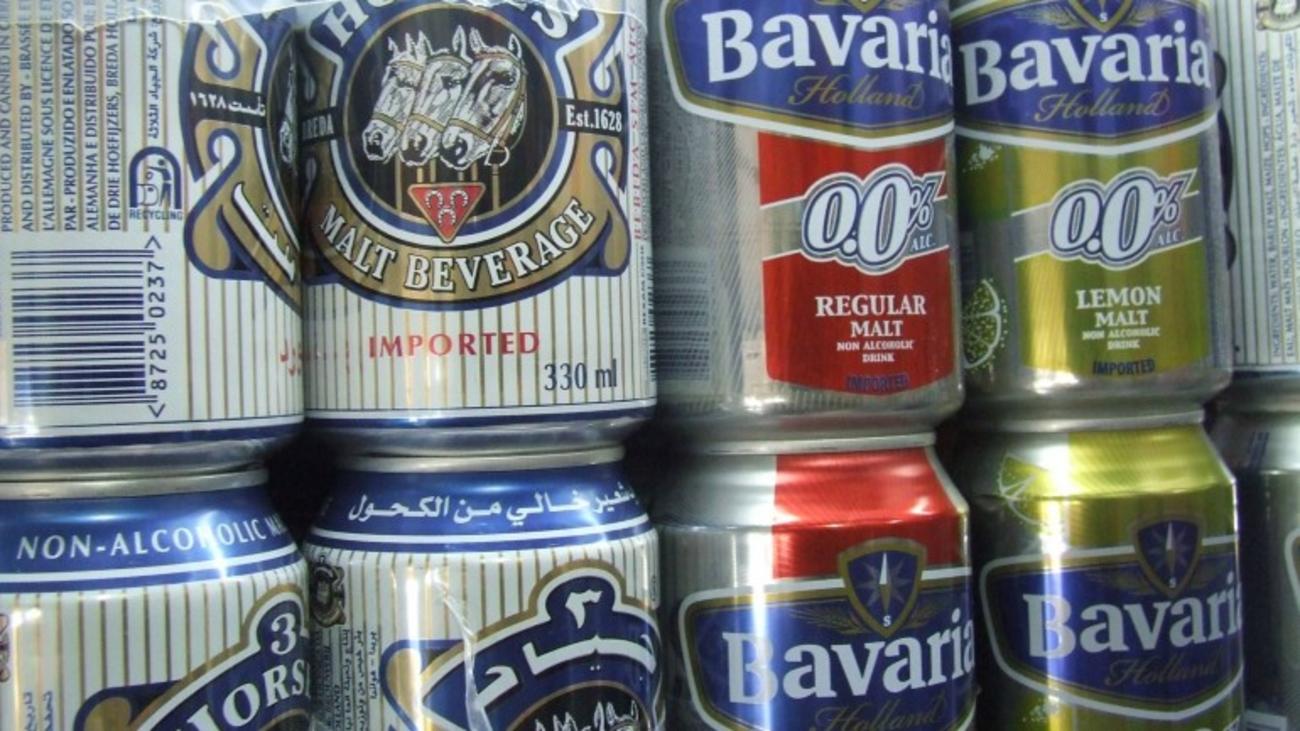
Do I have to cover my face?
No, just a headscarf. So long as your hair is covered.
When is the Iranian consulate going to start issuing visas?
We can’t say unfortunately. The embassy reopened last year but there is still no news on when they will start issuing visas to UK nationals.
What’s the best way to fly there?
British Airways have recently reintroduced direct flights between London and Tehran after a four year break, these are available for booking now and begin this July with six flights a week. For more timing options we also recommend using Turkish Airlines via Istanbul – they have a number of flights to Iranian cities including Tehran, Shiraz and Isfahan.
Can Americans go to Iran?
We have sent a large number of Americans to Iran. Were they welcome? We’ll let one of our American clients, Jerry, answer this:
"The biggest surprise I had in Iran was the overwhelming warmth and friendliness of the common people towards me, an American citizen. And, a common sentiment I heard over and over concerned the gratitude and appreciation the people had for President Obama and what he is trying to do for them. When I arrived in Shiraz, the customs officer thanked me for coming to visit Iran. When I left out of Tehran, that customs officer, also, thanked me for coming to Iran. In between arriving and departing, I was overwhelmed by the friendliness of the people I met when they figured out I was an American. One guy told me I (an American in Iran) I was a "ray of hope," and then invited me to his home to meet his family!”
Do I need a guide when I’m in Iran?
If you are a UK, US or Canadian passport holder you will need a guide in order to get a visa. Your visa application has to be handled by a ground agent in Iran, which is their way of ensuring you are travelling with a guide. Once in Iran you can of course wander around freely, for example taking a stroll through the city one afternoon, but travelling around the country you will need to be accompanied by a guide.
Can I bring professional camera/video equipment to Iran?
No it’s not advisable. If you have professional equipment the customs officials may think you are an actual photographer and confiscate your equipment (for this you need a special visa). It is fine to take a high performance camera, so long as it’s obvious it is just for personal use.
What about shopping in Iran?
You should be able to buy anything that you forget to take with you. Shopping centres are modern and easily found and there are plenty of shopping streets. The bazaars, particularly Tehran, are extensive and will supply anything you can think of in abundance. With regards to souvenirs, these can be found in every town – there will be some items you see again and again. Isfahan has a huge tourist bazaar; if you like textiles, ceramics, copper and jewellery then you will be very well provided for. Items are priced very reasonably, with options for all budgets; the more intricate and detailed an item the higher the price. The carpets are beautiful – you will want to buy them all, but you will need hundreds, or possibly thousands of pounds to get the best ones.
Is it ok to share a room if you are not married?
Yes this has never been a problem in our experience.
When’s the best time to go?
Iran can be very hot in the summer months, although you will find fewer tourists. The best times to visit are in the spring and autumn when the weather is optimal, although we do offer a New Year tour to Iran, where our clients recently enjoyed clear crisp days and raved about visiting Iran out of season. Read more here
Can I still go to the US after visiting Iran?
Yes, you can – under recent changes, you simply need to get a visa rather than use the esta visa waiver. We've checked out the process and found it proves in practice to be much less daunting than it sounds. You need to fill in an online form and then go to the US embassy or consulate for an interview. Our clients have reported the interview to be quick and hassle-free and the good news is the visa you'll get is valid for 10 years, and multiple entry. So if you're planning a trip to the US and you've visited Iran (within the last five years), just make sure to keep this in mind and allow yourself the time before your first trip to the States following the Iran visit.
